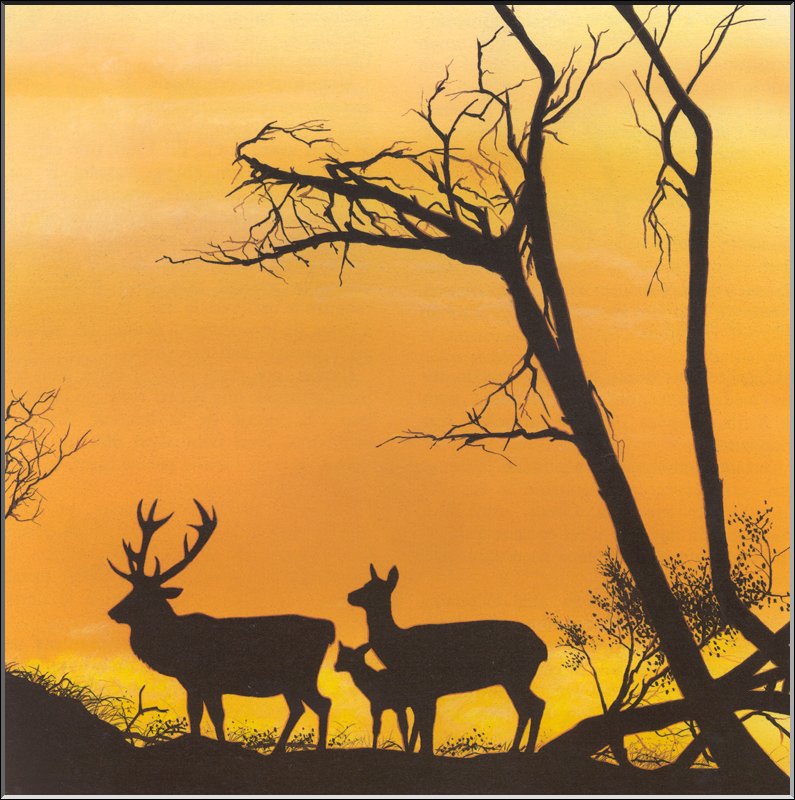|
| Query: deer | Result: 1276th of 1429 | |
[Extinct Animals] Corsican Red Deer(Cervus elaphus corsicanus)
| Subject: | [Extinct Animals] Corsican Red Deer(Cervus elaphus corsicanus)
| |

| Resolution: 795x800
File Size: 130018 Bytes
Upload Date: 2006:01:27 18:25:16
|
|
|